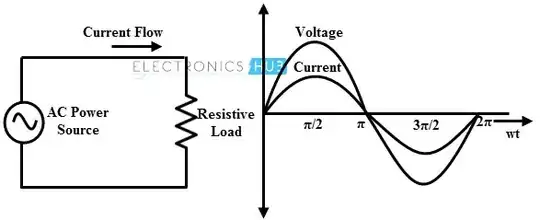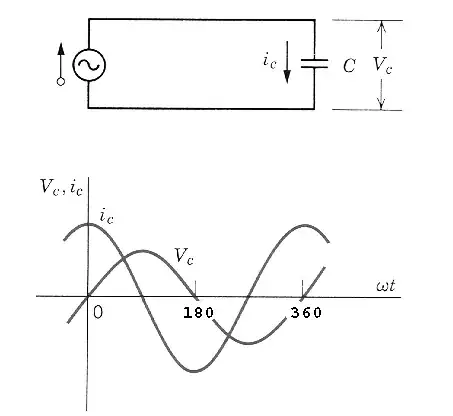\$V=IR\$ is always valid in any circuit at any frequency but there are some things to watch out for and be aware of when the frequencies get really high or when there are non-linearities such as diodes to consider.
In an AC circuit V= IR like this: -

In other words I and V follow each other and have a constant ratio to each other. That constant ratio (V/I) is still R. For other types of components like capacitors the relationship between V and I is more complex: -

Now the current is "time displaced" and does not rise and fall in sync with the voltage.
Given that any resistor has a small amount of parasitic capacitance means that at high frequencies there begins a subtle change in the phase relationship between V and I. This change gets bigger and bigger at really high frequencies and, the resistor begins to look more like a capacitor.
I've purposely not mentioned inductors just to keep the answer simple.

